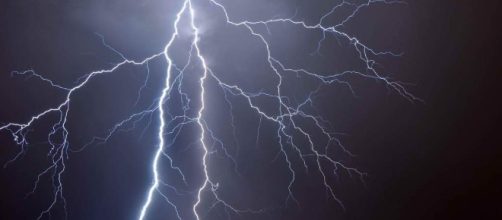Watching lightning is fascinating, at least in places where it is not so common. The sights produced by this deadly phenomenon are dazzling more or less. However, it might be surprising to learn that some places in the world are quite used to lighting strikes. The number of incidences is so frequent that it sounds hypothetical.
A recent study published in Bulletin of the American Meteorology Society this month revealed that Lake Maracaibo in Venezuela is the hottest hotspot for Lightning. It experiences more than 200 strikes every year, and that is just an estimate.
The study comes from the findings of a satellite that was set to operate from 1997 to 2015. The satellite that went by the name of ‘the Tropical Rainfall Measuring Mission’ was set to circle the earth on a path covering every spot between 38°N and 38°S. The snapshots received from this satellite provided the material to study the lightning flashes between January 1998 and December 2013.
Rachael Albrecht, a meteorologist at the University of São Paulo, Brazil and her colleagues performed a thorough study of the images. Using these, they could determine the locations that saw the most lightning strikes round the year. Hence, a list of top 500 locations was recognized as lightning hot spots.
A lightning show- Catatumbo
Topping the list of 500 is Lake Maracaibo. Lake Maracaibo is known to be a lightning hotspot since ancient times. The lightning strikes that seem to appear every other night are termed as Catatumbo Lightning show. The dazzling Catatumbo lightning show is a flashy shower of lightning that occurs right over the mouth of the Catatumbo river, usually between midnight and 5 am, in late spring and autumn.
Augustin Codazzi, an Italian geographer described the phenomenon "like a continuous lightning, and its position such that, located almost on the meridian of the mouth of the lake, it directs the navigators as a lighthouse." For centuries, the lightning show was called ‘Light House of Maracaibo’
Our recent satellite study confirmed that lightning strikes occurred in the lake more than 200 times every year, a hard thing to imagine when compared to the few flashes we witness per year.
The satellite was able to detect 233 flashes of lightning per square kilometer per year there.
The cause
It is hard to determine the cause of such frequent lightning but studies have shown that steep mountains are deeply responsible as they result in winds clashing against them. Eventually, thunderstorms and lightning flashes are created.
The study recognized 14 other lakes from all over the world as lightning hotspots according to Steven J Goodman, an atmospheric physicist, and co-author of the study. Central Africa has been revealed to be the broadest area to experience lightning, hosting 283 hotspots.


